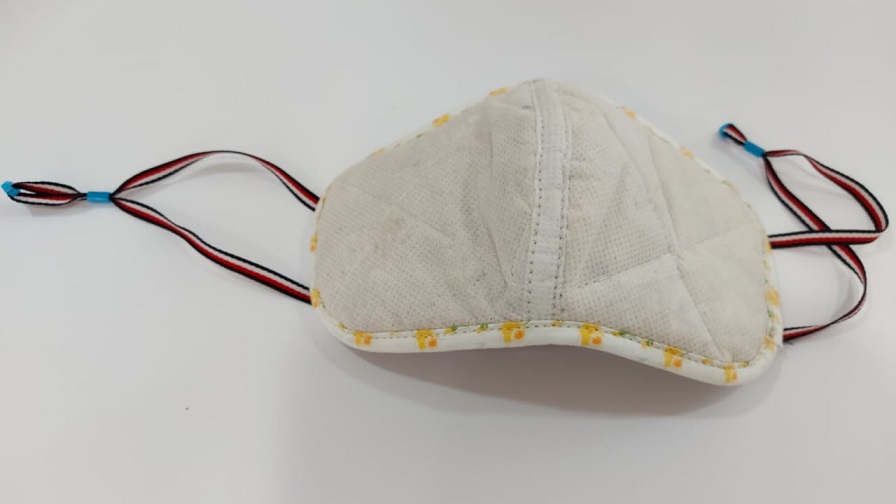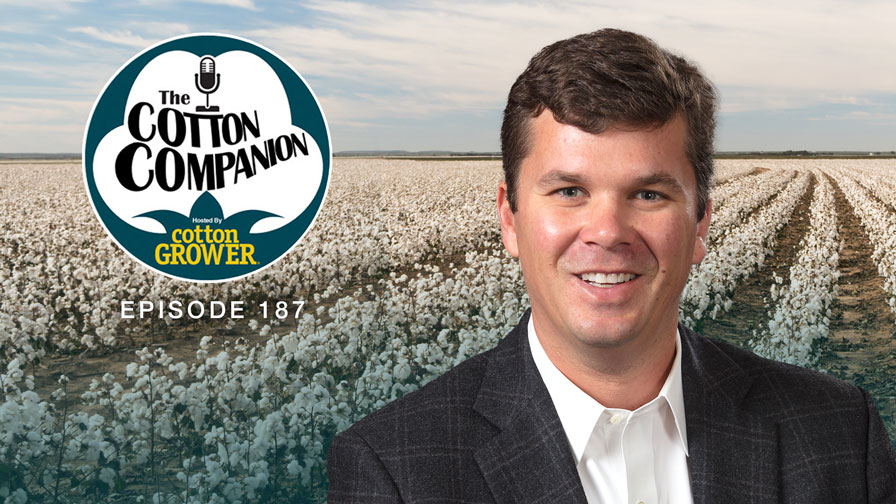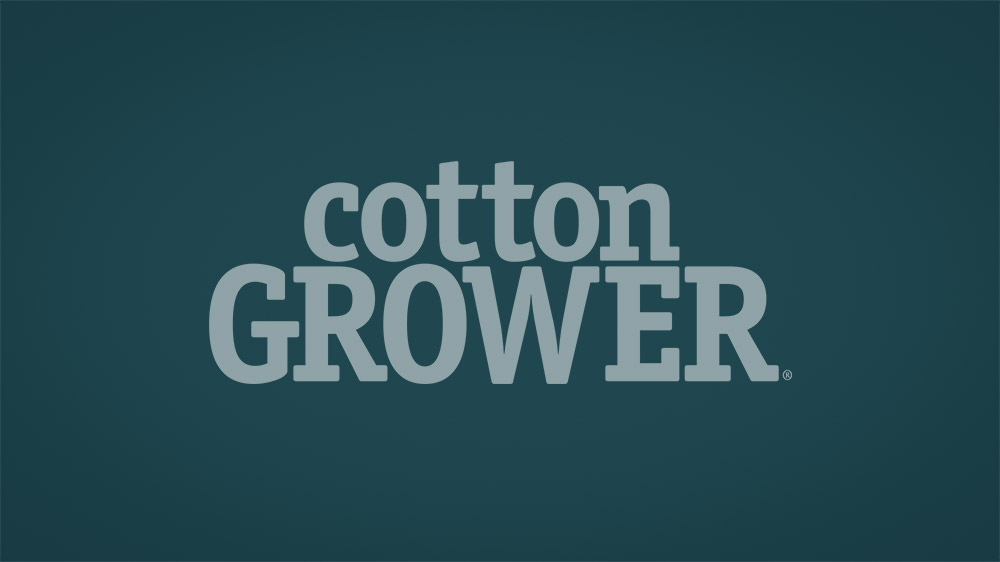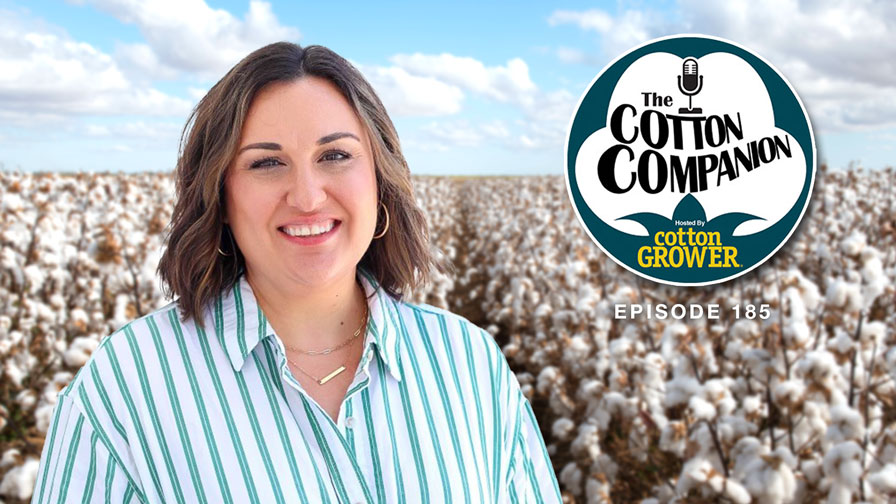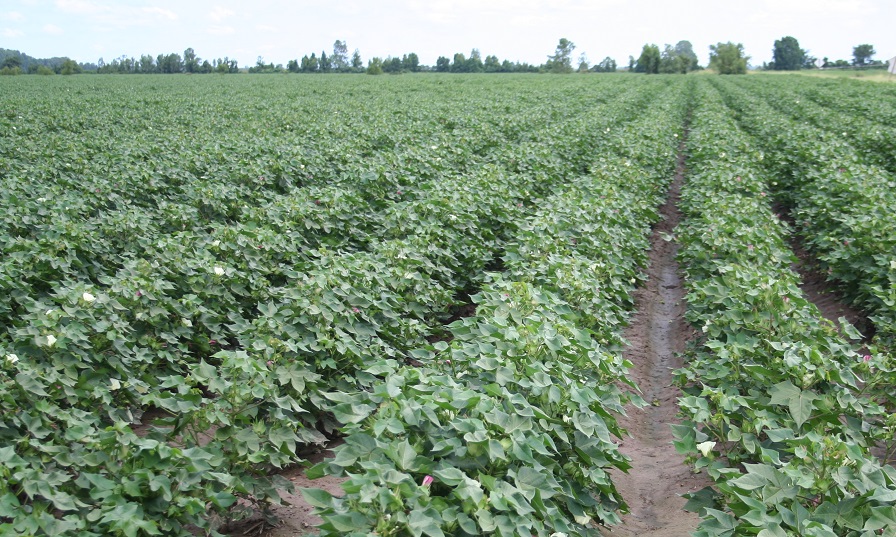Staying Out of “Tall Cotton”
The on-line Urban Dictionary defines the term “tall cotton” as being wealthy, well off, well to do. As an example: “I just hit the lottery, and now I’m in tall cotton.”
For cotton growers, the literal and figurative terms for tall cotton are quite different. Opposites, in fact. While growers want to be in tall cotton financially, they do not want to be in tall cotton physically.
Vegetative growth is essential in supporting the development required for maximum yield potential, but excessive vegetative growth can lead to fruit abortion, delayed maturity, boll rot and harvest difficulties.
BASF introduced the mepiquat chloride-based plant growth regulator (PGR) Pix in 1981. Pix would lead to a revolution in cotton management on par with transgenic traits and boll weevil eradication. But not at first. The problem initially with mepiquat chloride was that it was applied once, maybe twice, at high rates. Results were often erratic. But after delving a little deeper into the concept of Pix, it was found that lower rates applied sequentially were hammer meeting nail. Pix eventually did what it was intended to do: trick the plant into channeling growth from stalk and stem to boll filling, and at just the right time.
Head East
Some of the rules that apply to PGR applications across the high heat-unit areas of the Cotton Belt don’t necessarily pertain to the upper latitudes of North Carolina.
“Our problem in the early season is getting growth, not slowing it down,” says North Carolina Extension cotton specialist Dr. Keith Edmisten. “We don’t usually make a pinhead-square application. Our first application is made more toward match-head, or even a little later – at the 9th or 10th node.
“Most growers tend to be a little late with applications,” Edmisten continues. “They usually need to do something at the 9- to 10-node stage and then come back at early bloom.”
And even at that point, Edmisten advises growers to consider growing conditions, particularly moisture availability, before making PGR decisions.
Way Down Yonder
Louisiana traditionally plants earlier and has a longer growing season than any of the Mid-South states. The most popular full-season variety in Louisiana, just as it is regionally and nationally, is Delta and Pine Land’s DP 555 BG/RR. Triple Nickel is a vigorous grower and requires more intense PGR management.
“It has forced us to rethink how we approach PGR management because it’s such an aggressive full-season variety,” says Louisiana Extension cotton specialist Dr. Sandy Stewart. “Applications at the 8- to 10-leaf stage have become much more the norm because of 555.”
DP 555 is a Bollgard/Roundup Ready variety, and EPA registration ends for Bollgard in 2009. Bollgard II varieties will take up the slack, and most will be stacked with the Roundup Ready Flex trait. “Some of the new Flex varieties don’t have the aggressive growth habits of 555,” Stewart continues. “As we transition into the Flex varieties, we’ll have to take another look at the approaches we use for PGR applications.”
Normally, Louisiana growers make the first application of a PGR at the 8- to 10-leaf stage, but Stewart says, “I try to avoid thinking in terms of blanket rates – especially with Pentia, Mepex and other mepiquat chloride products. The biggest risk with mepiquat chloride is too high of a rate, too early, on pre-bloom cotton. If it turns dry, you can have stunting and induce early cutout. The first applications would usually be around 8 ounces, but certainly no more than 10 ounces.”
Mepex is a 4.2% active ingredient formulation of mepiquat chloride from DuPont Crop Protection, and Pentia is a mepiquat pentaborate product from BASF.
“Mepiquat is the base molecule in all of the PGR compounds, but what BASF did with Pentia was remove the chlorine ion and replace it with five borate molecules,” says Scott Asher, BASF Western Region Tech Service Manager. “This helps move the mepiquat molecule into the cotton plant quicker.”
Another refinement on mepiquat chloride is Bayer CropScience’s Stance. Stance contains 0.736 pounds of mepiquat chloride per gallon, plus an additional active ingredient that functions to reduce internode growth.
Stewart says Stance does not have as long of a lasting effect as straight mepiquat chloride, but that’s not necessarily a bad thing. “I like Stance in early applications,” he explains. “Maybe the PGR affects are not as long, but that gives you some built-in insurance. You can make a 2-ounce early application, then if growing conditions are good, you follow that up with another PGR application. But if it were to turn dry after the early application of Stance, you might not have the stunting or early cutout if it were longer lasting.”
Texas Two Step
The Costal Bend and Rio Grande Valley regions of Texas can be as different from the High Plains as Louisiana is to North Carolina. Two different regions; two different sets of PGR recommendations.
“The use of mepiquat products on the High Plains is going to be a different strategy than in the eastern and southern production regions,” says Dr. Robert Lemon, Professor and Extension Agronomist – Cotton, Texas AgriLife Extension Service in College Station. “One size is not going to fit all.”
Lemon says the best results he gets comes when the initial application of a PGR comes before bloom, ideally at 10-12 nodes. “If we wait until the bloom stage, it’s generally going to make it more difficult to manage the crop. As long as you have good moisture, we’ve done enough work to know that at that pre-bloom stage, a PGR application sets the plant up for a much better level of management.”
Like the other areas, moisture is the main consideration on the High Plains, especially with the differences in dryland, center-pivot irrigation and drip irrigation. “A lot depends on our irrigation capacity,” says Dr. Randy Boman, Texas AgriLife Extension cotton specialist in Lubbock. “Very seldom will we use a PGR on dryland, but with the rain we had in ’07, there was a little bit used. In general, it’s going to be the (fields with) high-capacity pivots and drip that will require PGRs, and it can be somewhat dependent on the variety.”
Characteristically, FiberMax varieties tend to be smaller and more compact. “But that is not to say that FiberMax varieties won’t need a PGR for growth control,” says Boman. “I think it will be more important on some varieties from other companies because of the growth potential under good conditions.”
Typically, Boman says, the High Plains is noted for high-fruit retention, obviously depending on weather conditions: “Sometimes we have 80% to 90% fruit retention, and when you have that kind of fruit load, a lot of times on smaller-stature varieties, you won’t need a PGR. When we do need growth controlling PGRs, it is usually best to start out with a low rate multiple strategy beginning at match-head square in order to have the greatest impact on final plant size rather than to try to use a higher rate application later.”
The Cotton Specialists Working Group, which is comprised of all the cotton specialists from the across the Belt, initiated a uniform PGR study last year and will continue that work in 2008.
Caption:
Untreated check on the left. Stance-treated cotton on the right.
Caption for sidebar photo:
GreenSeeker optical sensors measure plant health.
Captions (4 photos):
Dr. Keith Edmisten
Dr. Sandy Stewart
Dr. Robert Lemon
Dr. Randy Boman
Captions (2 photos):
No PGR
PGR-treated.
Photo credit: University of Georgia



